Today we have a wonderful guest post by jeweller Samuel Mee, giving us a fascinating tour through some key pieces of jewellery from history. It’s a real great snippet into just how important jewellery could be, and how much we can glean about certain times in the past from the jewellery which was fashionable. Samuel Mee is the founder of The Antique Ring Boutique and a member of Lapada. He has several guides on his website to buying rings from different historical periods, such as this guide to Victorian rings: https://www.antiqueringboutique.com/pages/victorian. Over to Sam!
Jewellery may be small but it’s often been witness to, and sometimes part of, key moments in history.
The Pope’s ring
A recent example is the papal Ring of the Fisherman, a tradition going back to at least the 13th century and the time of Pope Clement IV, the 183rd pontiff. The ring represents each Pope’s role as successor to St Peter, a fisherman, and was traditionally destroyed at his death. This changed in 2013 after the resignation of Pope Benedict XVI when his was instead cut with a chisel in the shape of a cross – this same method was used for Pope Francis’s ring in May of this year. Although different each time, Pope Leo XIV, the 267th pontiff, is the 84th bearer of a version of this ring.
From piety to power
The incredible gold funerary mask of Tutankhamun is one of the earliest examples of how jewellery was used to signify status. It is made of solid gold and inlaid with semi-precious stones (lapis lazuli, turquoise, obsidian and carnelian).
Tutankhamun ruled the New Kingdom of Egypt for 9 years from 1332BC. Despite his death aged just 18 in 1323BC, the mask was supposed to reflect the idea that the pharaoh was not just a ruler but also a god in human form. Yet over time, Tutankhamun was forgotten. Downplayed by subsequent rulers, his tomb became hidden under debris, which helped preserve it from looting.
Its discovery in 1922, after being buried for 3000 years, helped kickstart the archaeological trend of the Art Deco movement of the 20s and 30s and was one of many finds that reshaped how we understand Egyptian society. Newspapers around the world ran multiple stories about the artifacts and supposed curse. This Egyptomania was reflected in Art Deco motifs – scarabs, hieroglyphs and pyramids became extremely fashionable. Jewellery also incorporated the treasure’s colour palette: blues, turquoise, golds and black.
Royal power
Throughout the long period his tomb was undisturbed, royalty in other countries continued to made great use of jewellery, much of it symbolic.
The Iron Crown of Lombardy is a medieval crown, traditionally used in the coronation of the Kings of Italy and later associated with the Holy Roman Emperors and used to crown both Charlemagne and Napoleon (he crowned himself King of Italy with it in 1805, reportedly saying “God has given it to me, beware he who touches it.”). Despite its name, it’s mostly made of gold and enamel but has a thin inner band of iron that’s said to be forged from a nail of the True Cross, reinforcing the idea that kings were chosen by God.
The Crown Jewels of England (Scotland have their own Honours) date back to 1660 and the restoration of the monarchy. King Charles II made the St Edwards Crown for his coronation to replace the medieval crown that had been melted in 1649 after the execution of Charles I – and this same new crown was used nearly four centuries later for the crowning of Charles III in 2023.
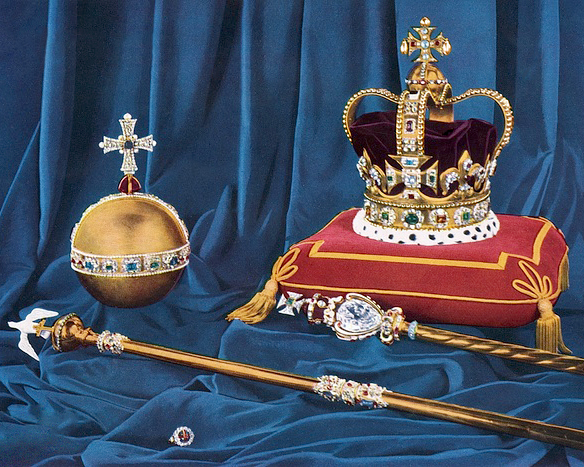
But not all jewellery has brought monarchs good luck.
The affair of the diamond necklace (explained for History is Now Magazine) made Marie Antoinette the subject of scandal, despite being blameless, and is cited as one of the factors delegitimising the French monarchy – Napoleon said that the reasons for her execution could be traced back to the incident. An impersonator of the Queen tricked a gullible Cardinal into believing he was the go between for her to buy a 600-diamond necklace. But once the con was exposed and a trial held, no one could quite believe she hadn’t been involved somehow. Already perceived as out of touch, her popularity slumped even further.
Anne Boleyn was another unlucky royal. The second wife of King Henry VIII was executed by beheading in 1536 after being convicted of treason, adultery, and incest. The charges were considered a pretext for Henry to remarry. Her jewellery survived though – her gaoler received £100 after her execution for her “jewels and apparels”. Lucky for him, less so for her.
And sometimes the jewellery itself is considered unlucky. The 105-carat Koh-i-Noor diamond is part of the crown jewels but no male monarch will wear it due to rumours of a curse (queen consorts have worn it though) – this might also be because they don’t want to anger India, which wants its gem back.
The power of empire
This is another way jewellery has influenced history: imperial extraction and exploitation of mineral wealth. From the Spanish gold fleets of the 16th century to the gem-rich colonies of the British Empire, huge amounts of gold, silver, diamond and emeralds were mined or seized from colonised lands, often through forced labour, and transformed into jewels for the elite.
The Koh-i-Noor is a lasting sign of that colonial power. It was presented to Queen Victoria, who wore it as a brooch. And she had a big influence on the jewellery worn in Britain. After Prince Albert died in 1861, 24 years into her 63-year reign, the ruler was plunged into mourning. She wore and popularised mourning jewellery, often with jet, hairwork and sentimental inscriptions. As a result, grieving changed from a private function to a more popular and public affair across the whole of Europe.
In many ways, Victorian mourning jewellery marks the culmination of two thousand years of cultural evolution. It represents the point at which jewellery, once the domain of gods, kings and clerics, became both intimate and democratized.
Evolving with society
Back in 14th Century England, Edward III’s laws banned gold and silver jewellery for anyone below the rank of knight. And in Tudor England, only the elite could wear pearls (there’s a fascinating list of who could wear what due to these sumptuary laws at Mid-Tudor Manor).
Fast forward to the early 1900s and members of the women’s suffrage movement in Britain used jewellery to express their political beliefs. Suffragette jewellery featured the movement’s official colours: purple for dignity, white for purity, and green for hope. Gemstone combinations like such as amethyst, pearls and peridot allowed women to signal their support, without risking arrest. Brooches engraved with “For Valour” were awarded to imprisoned women who went on hunger strike.
The Industrial Revolution meant that new materials, the discovery of raw-material deposits, and mass production techniques made jewellery affordable for the middle class – just as societal changes made it acceptable for them to wear it. Jewellery has always been a clear sign of who has – or wants – power and wealth. But don’t lose sight of who paid the price for the extraction of the raw materials.
A huge thanks to Sam for writing for us today. It’s so interesting hearing how jewellery can reflect social changes, be emblematic of exploitation, and even help lead to royal downfall. Make sure to check out his business, The Antique Ring Boutique, if you want to learn more, or want to purchase some pieces for yourself!
Previous Blog Post: Mythical Creatures: Medieval Unicorns in Europe
Previous in Historical Fashion: Victorian Women’s Clothing
List of Blog Posts: here Blog Homepage: here
Buy my books via the pictures below! Or why not check out our shop?
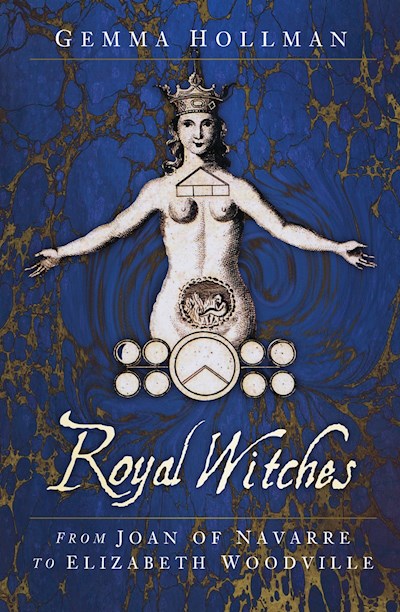
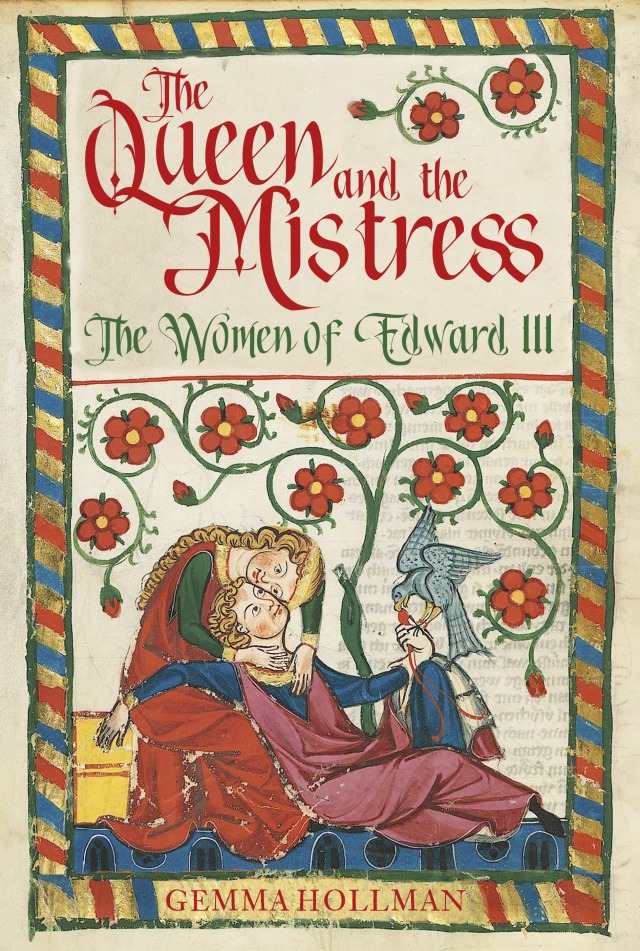
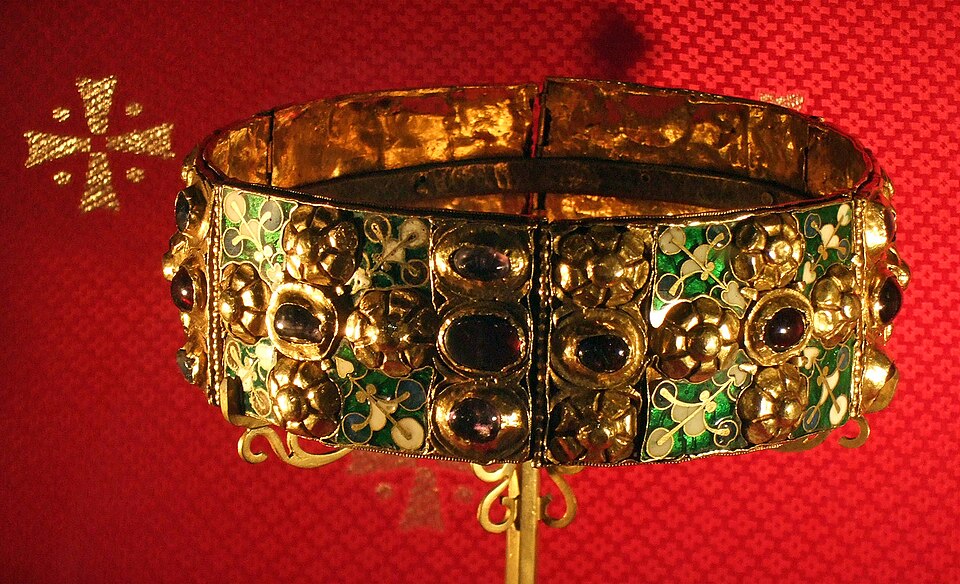
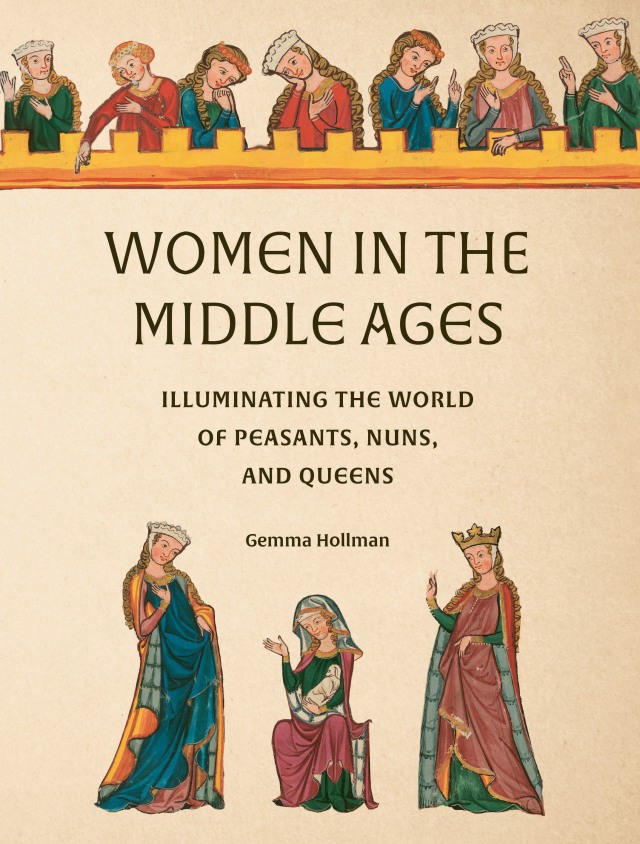
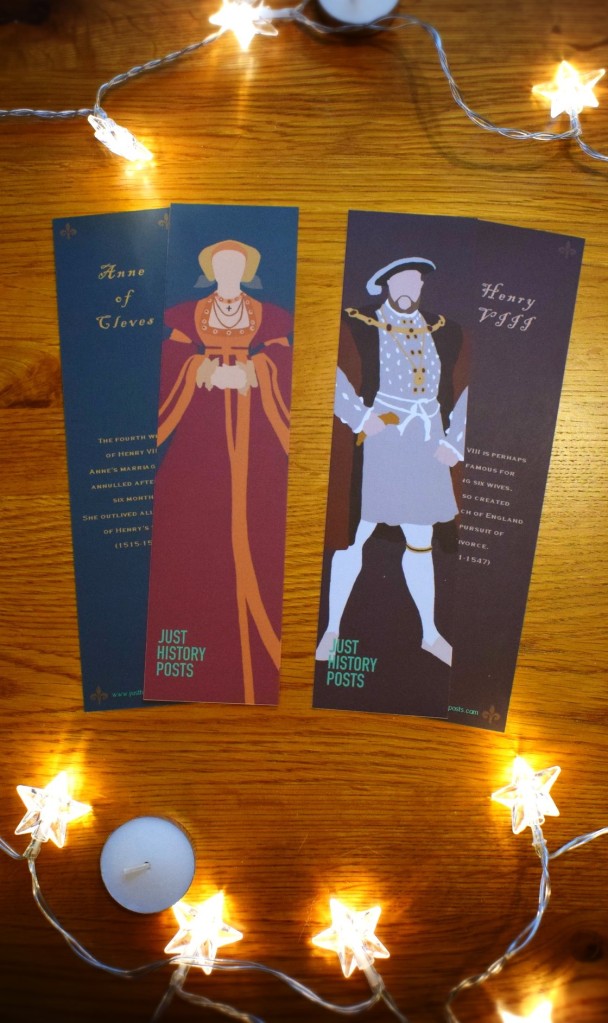


One response to “Jewellery: The Eyewitness of History”
thanq for posting this blog
LikeLiked by 1 person